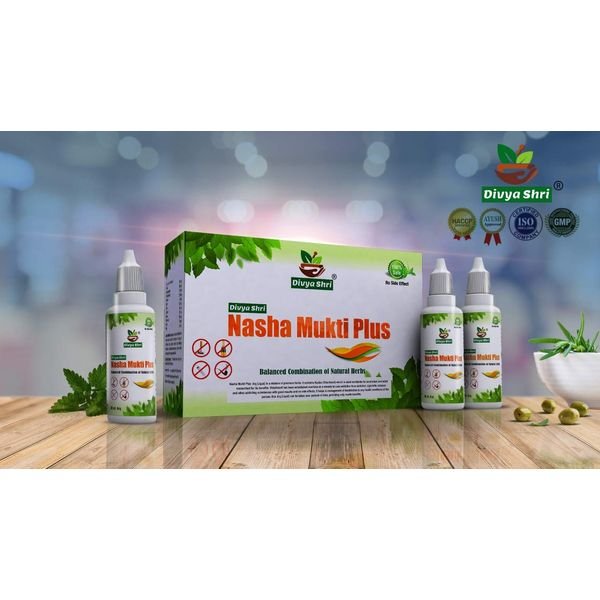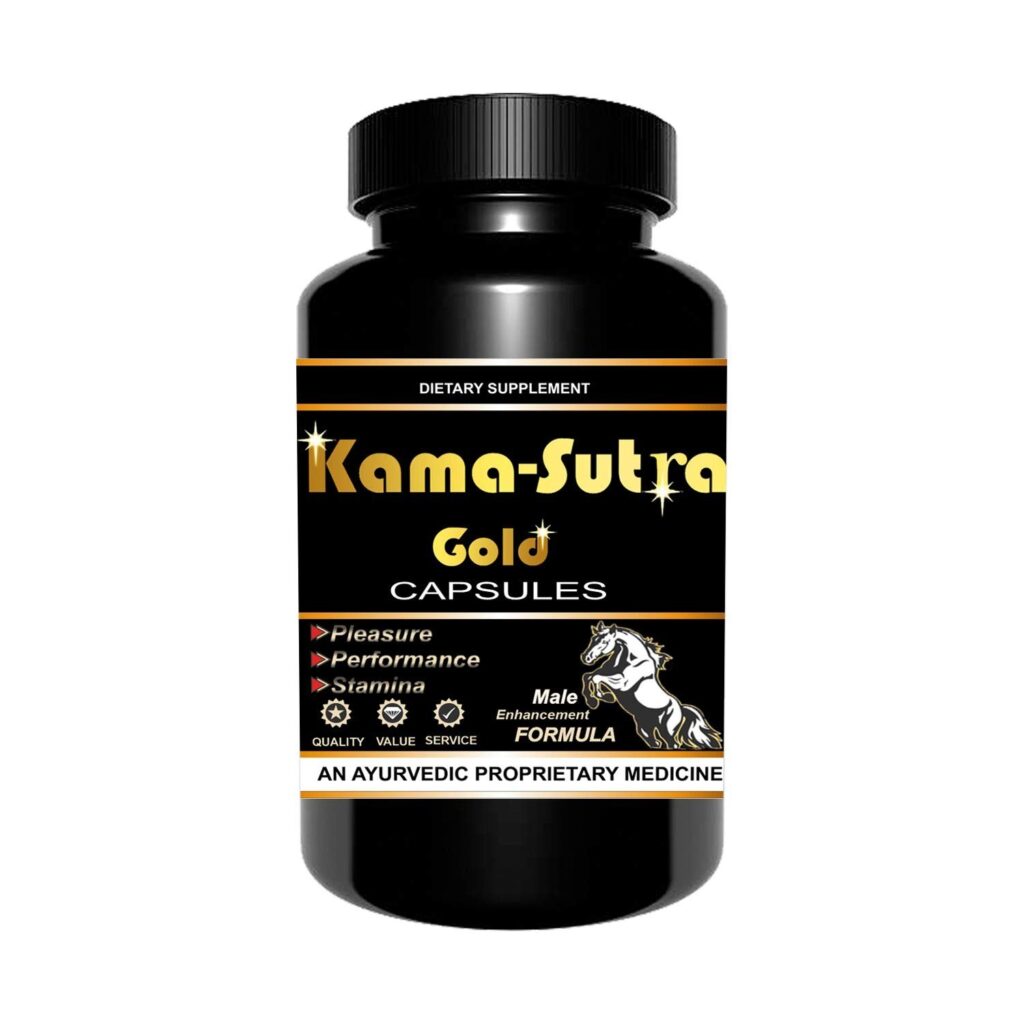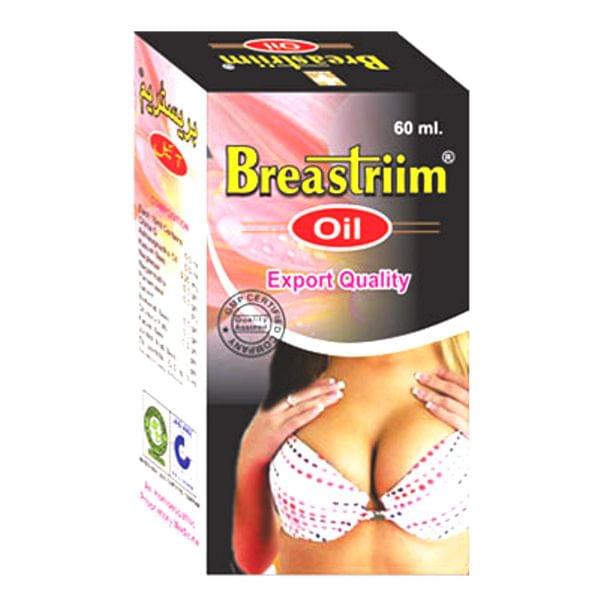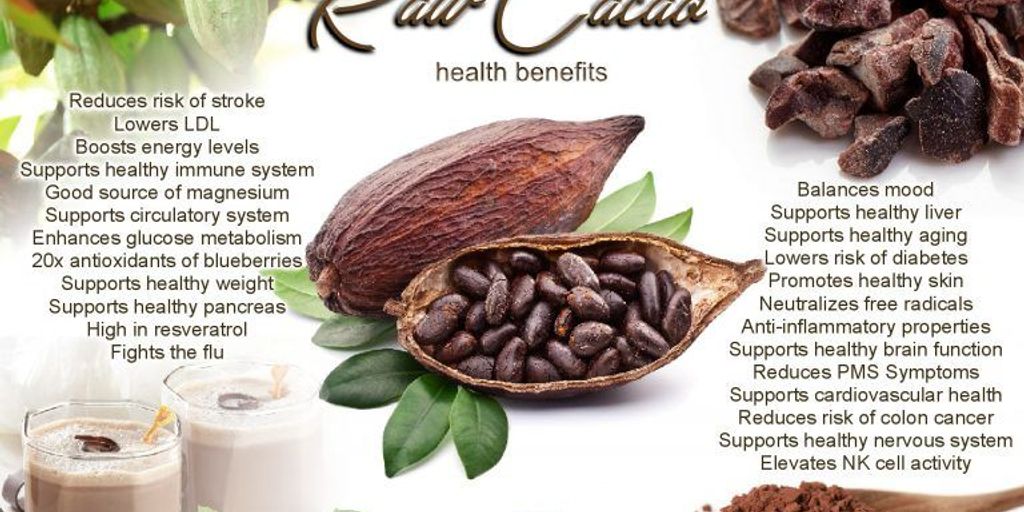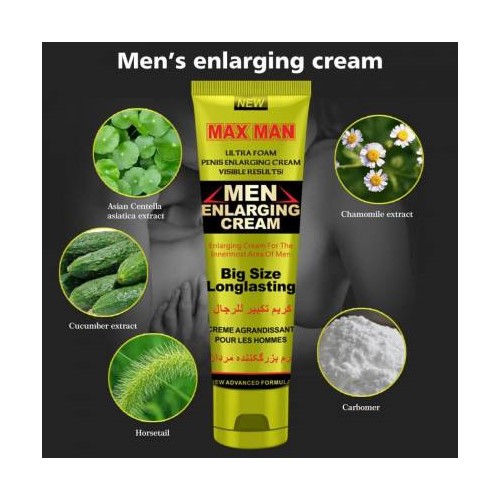Osteoarthritis is a degenerative joint disease that causes pain, stiffness, and reduced mobility. Ayurveda, an ancient holistic healing system, offers a comprehensive approach to managing osteoarthritis through natural remedies, lifestyle modifications, and therapeutic practices. In this article, we will explore the Ayurvedic perspective on osteoarthritis and how it can be effectively managed using traditional methods and principles.
Key Takeaways
- Ayurveda provides holistic treatment for osteoarthritis, addressing the root cause of the condition and promoting overall well-being.
- Herbal remedies in Ayurveda, such as turmeric and ginger, have anti-inflammatory and analgesic properties that can alleviate osteoarthritis symptoms.
- Diet and lifestyle modifications recommended in Ayurveda play a crucial role in managing osteoarthritis, emphasizing the importance of a balanced and nutritious diet, as well as regular physical activity.
- Yoga, Panchakarma therapy, and Ayurvedic massage are effective complementary approaches for managing osteoarthritis, promoting joint flexibility, and reducing pain and inflammation.
- The integration of Ayurvedic treatment with conventional medicine can provide a comprehensive and personalized approach to osteoarthritis management, improving overall quality of life and reducing reliance on pharmaceutical interventions.
Understanding Osteoarthritis
Causes of Osteoarthritis
Osteoarthritis is primarily caused by a combination of genetic, mechanical, and metabolic factors. Genetic predisposition plays a significant role in the development of osteoarthritis, while mechanical factors such as joint injuries and overuse contribute to its progression. Additionally, metabolic factors like obesity and metabolic syndrome can increase the risk of osteoarthritis. These factors can lead to the breakdown of cartilage and the formation of osteophytes. The following table summarizes the main causes of osteoarthritis:
| Factor | Contribution |
|---|---|
| Genetic | High |
| Mechanical | Medium |
| Metabolic | Medium |
Ayurveda emphasizes the importance of maintaining a healthy balance of the three doshas (Vata, Pitta, and Kapha) to prevent and manage osteoarthritis. The holistic approach of Ayurveda addresses the root causes of the condition and aims to restore balance in the body.
Symptoms of Osteoarthritis
Osteoarthritis presents with a range of symptoms, including joint pain, stiffness, and swelling. These symptoms can vary in intensity and may worsen over time. Additionally, individuals with osteoarthritis may experience reduced range of motion and difficulty performing daily activities. Below is a table outlining common symptoms of osteoarthritis:
| Symptom | Description |
|---|---|
| Joint pain | Pain in the affected joint |
| Stiffness | Difficulty moving the joint |
| Swelling | Inflammation and swelling in the joint |
Furthermore, it is important to note that the severity of symptoms can differ from person to person, and the progression of osteoarthritis may be influenced by various factors such as age, lifestyle, and overall health. Early recognition of these symptoms is crucial for timely intervention and management of the condition.
Diagnosis of Osteoarthritis
Diagnosis of osteoarthritis involves a combination of medical history, physical examination, and imaging tests. X-rays and MRI scans are commonly used to assess joint damage and rule out other conditions. It’s important to consult a healthcare professional for an accurate diagnosis and personalized treatment plan.
Ayurvedic practitioners also consider the patient’s Prakriti (body constitution) and Vikriti (current state of imbalance) when diagnosing osteoarthritis, allowing for a holistic approach to treatment.
| Test Name | Description |
|---|---|
| Vata Test | Assesses Vata dosha imbalance |
| Kapha Test | Assesses Kapha dosha imbalance |
| Pitta Test | Assesses Pitta dosha imbalance |
Ayurvedic Approach to Osteoarthritis
Principles of Ayurvedic Treatment
Ayurvedic treatment for osteoarthritis is based on the principles of balancing the three doshas – Vata, Pitta, and Kapha. The treatment aims to restore the natural balance of these doshas through herbal remedies, dietary modifications, and lifestyle recommendations. The table below outlines the dosha balancing principles:
| Dosha | Balancing Principle |
|---|---|
| Vata | Warmth and Nourishment |
| Pitta | Cooling and Soothing |
| Kapha | Stimulation and Activation |
- Herbal remedies focus on reducing inflammation and strengthening the joints.
- Dietary modifications emphasize the consumption of anti-inflammatory foods and avoidance of aggravating foods.
- Lifestyle recommendations include gentle exercise, adequate rest, and stress management.
Ayurvedic treatment takes a holistic approach, addressing the root cause of osteoarthritis and promoting overall well-being.
Herbal Remedies for Osteoarthritis
Ayurveda offers a range of herbal remedies for osteoarthritis, each with unique properties and benefits. These remedies include
- Turmeric
- Boswellia
- Ginger
These herbs have been traditionally used in Ayurveda to alleviate pain and inflammation associated with osteoarthritis. Clinical studies have shown promising results in the use of these herbal remedies for managing osteoarthritis symptoms.
It is important to consult with an Ayurvedic practitioner to determine the most suitable herbal remedies based on individual health conditions and needs.
| Herb | Benefits |
|---|---|
| Turmeric | Anti-inflammatory |
| Boswellia | Pain-relieving |
| Ginger | Anti-arthritic |
Diet and Lifestyle Recommendations
In Ayurveda, diet and lifestyle play a crucial role in managing osteoarthritis. Following a balanced diet and maintaining a healthy lifestyle can help alleviate symptoms and promote overall well-being. Incorporating anti-inflammatory foods such as turmeric, ginger, and garlic can be beneficial. Additionally, practicing mindful eating and avoiding processed foods can further support the body’s natural healing process. It is important to consult an Ayurvedic practitioner for personalized dietary recommendations.
It is said that ‘Let food be thy medicine and medicine be thy food.’ This quote emphasizes the significance of nutrition in maintaining health and managing ailments. The table below outlines some examples of anti-inflammatory foods:
| Food | Benefits |
|---|---|
| Turmeric | Anti-inflammatory, |
| antioxidant | |
| Ginger | Pain-relief, |
| anti-inflammatory | |
| Garlic | Joint health, |
| immune-boosting |
Managing Osteoarthritis with Ayurveda
Yoga and Exercise for Osteoarthritis
Yoga and exercise are important components of managing osteoarthritis with Ayurveda. Regular practice of gentle yoga can help improve flexibility, reduce pain, and promote relaxation. Additionally, engaging in low-impact exercises such as walking or swimming can strengthen muscles and improve joint function. It is essential to consult a qualified Ayurvedic practitioner before starting any new exercise regimen.
It is important to approach exercise with caution and mindfulness, taking into consideration the individual’s unique condition and limitations.
| Exercise Type | Benefits |
|---|---|
| Yoga | Improved flexibility and pain reduction |
| Low-impact exercises | Strengthening muscles and joint function |
Panchakarma Therapy
Panchakarma Therapy
Panchakarma therapy is a key component of Ayurvedic treatment for osteoarthritis. It involves a series of purification and detoxification procedures that aim to eliminate toxins from the body. The therapy includes massage, steam therapy, and herbal enemas.
Panchakarma Therapy Procedures
| Procedure | Description |
|---|---|
| Vamana (Emesis) | Induced vomiting to remove excess mucus and toxins from the upper body. |
| Virechana (Purgation) | Controlled purgation to eliminate toxins from the intestines. |
| Basti (Enema) | Herbal enema to cleanse and nourish the colon. |
| Nasya (Nasal Therapy) | Administration of herbal oils or powders through the nasal passage to clear the head and neck region. |
| Raktamokshana | Bloodletting therapy to remove impurities from the blood. |
The effectiveness of Panchakarma therapy in managing osteoarthritis has been supported by clinical studies. It is recommended to undergo Panchakarma therapy under the guidance of a qualified Ayurvedic practitioner to ensure safety and efficacy.
Ayurvedic Massage and External Therapies
Ayurvedic Massage and External Therapies play a crucial role in the holistic management of osteoarthritis. These therapies aim to rejuvenate the affected joints and tissues, providing relief from pain and stiffness. The use of herbal oils and poultices in these therapies promotes healing and reduces inflammation. Additionally, external therapies such as Swedana (sudation) and Basti (medicated enema) help in eliminating toxins and restoring balance. It is important to note that these therapies should be administered by trained Ayurvedic practitioners to ensure safety and efficacy. The table below provides an overview of common Ayurvedic oils used in external therapies:
| Oil Name | Properties |
|---|---|
| Mahanarayan Oil | Pain-relieving, anti-inflammatory |
| Ksheerabala Oil | Nourishing, calming |
| Sahacharadi Oil | Soothing, muscle-relaxing |
- Ayurvedic Massage and External Therapies should be complemented with appropriate diet and lifestyle modifications to achieve optimal results. Regular practice of gentle yoga and prescribed exercises can further enhance the benefits of these therapies. It is essential to consult an Ayurvedic physician to personalize the treatment plan based on individual needs and health conditions.
Conclusion
Efficacy of Ayurvedic Treatment
Ayurvedic treatment has shown promising results in managing osteoarthritis. Studies have indicated that herbal remedies, diet, and lifestyle recommendations play a significant role in alleviating symptoms and improving quality of life for osteoarthritis patients. Additionally, the integration of Ayurvedic therapies with conventional medicine can provide a holistic approach to treatment. It is important to note that further research and developments are needed to fully understand the long-term efficacy and potential of Ayurvedic treatment for osteoarthritis.
| Key Points |
|---|
| Herbal remedies |
| Diet and lifestyle |
| Integration with conventional medicine |
Integration with Conventional Medicine
Ayurvedic treatment for osteoarthritis can be integrated with conventional medicine to provide a holistic approach to managing the condition. This integration allows for a combination of traditional remedies and modern medical interventions, ensuring comprehensive care for the patient. The table below illustrates the potential integration of Ayurvedic and conventional treatments:
| Treatment Approach | Description |
|---|---|
| Conventional Medicine | Medications, physical therapy, surgery |
| Ayurvedic Treatment | Herbal remedies, dietary modifications, external therapies |
- By combining these approaches, patients can benefit from a well-rounded treatment plan that addresses the physical, emotional, and spiritual aspects of healing.
Integrating Ayurveda with conventional medicine emphasizes the importance of personalized care and a patient-centered approach to osteoarthritis management.
Future Research and Developments
*In the realm of osteoarthritis treatment, integrative approaches that combine Ayurveda with conventional medicine show promise. Further research is needed to explore the long-term effects and safety of such integrative treatments. Additionally, investigating the mechanisms through which Ayurvedic principles and therapies alleviate osteoarthritis symptoms can provide valuable insights. The table below outlines potential areas for future research and developments:
| Research Area | Description |
|---|---|
| Long-term effects of integrative treatments | Investigate the sustained impact of combining Ayurveda with conventional medicine. |
| Safety of integrative treatments | Assess the safety profile of integrative treatments to ensure patient well-being. |
| Mechanisms of Ayurvedic therapies | Explore the biological and physiological mechanisms underlying the efficacy of Ayurvedic treatments. |
- Exploring these areas can enhance our understanding of holistic osteoarthritis care and pave the way for improved treatment strategies.
Frequently Asked Questions
What is osteoarthritis?
Osteoarthritis is a degenerative joint disease that affects the cartilage and underlying bone of a joint.
Can Ayurveda cure osteoarthritis?
Ayurveda offers holistic treatment approaches that can help manage and alleviate the symptoms of osteoarthritis, but it may not cure the condition completely.
Are there any side effects of Ayurvedic treatments for osteoarthritis?
When administered by qualified practitioners, Ayurvedic treatments for osteoarthritis are generally safe. However, individual responses may vary, and it’s important to consult a healthcare provider before starting any new treatment.
How long does it take to see results with Ayurvedic treatment for osteoarthritis?
The timeline for experiencing results with Ayurvedic treatment can vary depending on the severity of the condition, individual response to treatment, and adherence to the recommended lifestyle changes.
Can Ayurveda be used alongside conventional medicine for osteoarthritis?
Yes, Ayurvedic treatments can be integrated with conventional medicine for osteoarthritis. It’s important to inform all healthcare providers about the treatments and medications being used to ensure safe and effective management of the condition.
Are there any dietary restrictions for osteoarthritis in Ayurveda?
Ayurveda emphasizes a balanced and wholesome diet tailored to an individual’s constitution and the nature of the condition. Specific dietary recommendations may vary, and it’s best to consult an Ayurvedic practitioner for personalized guidance.



